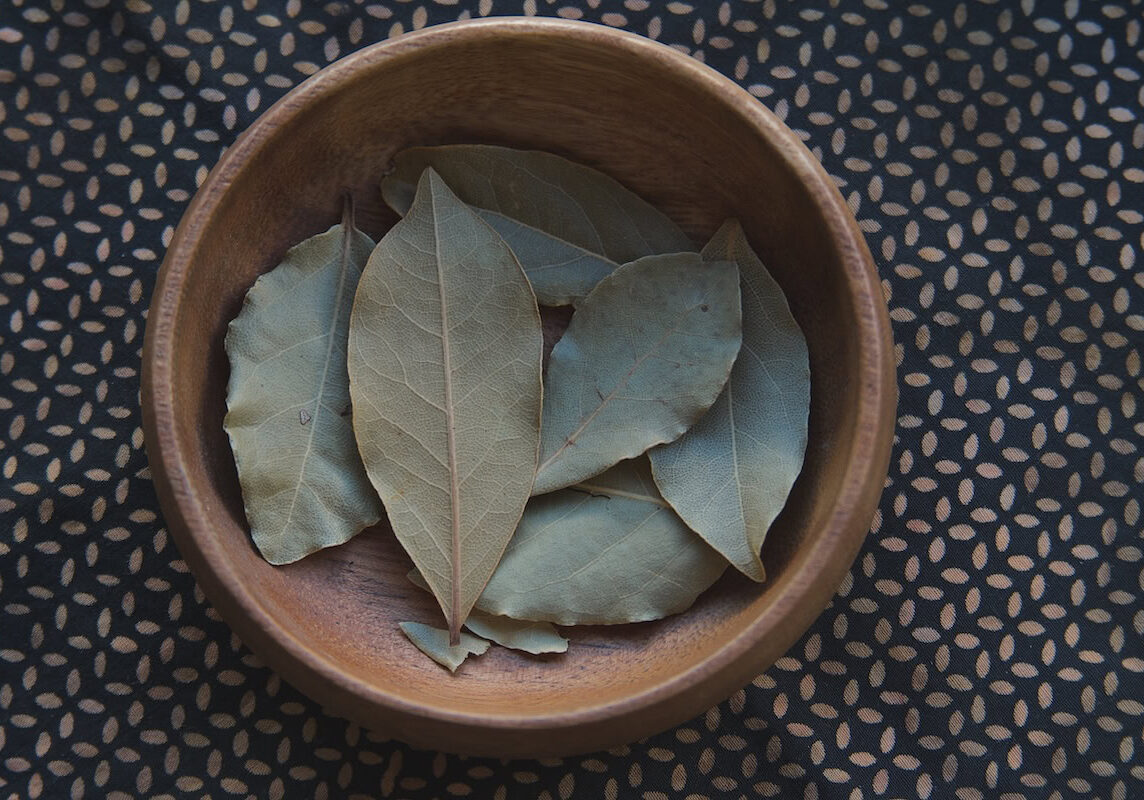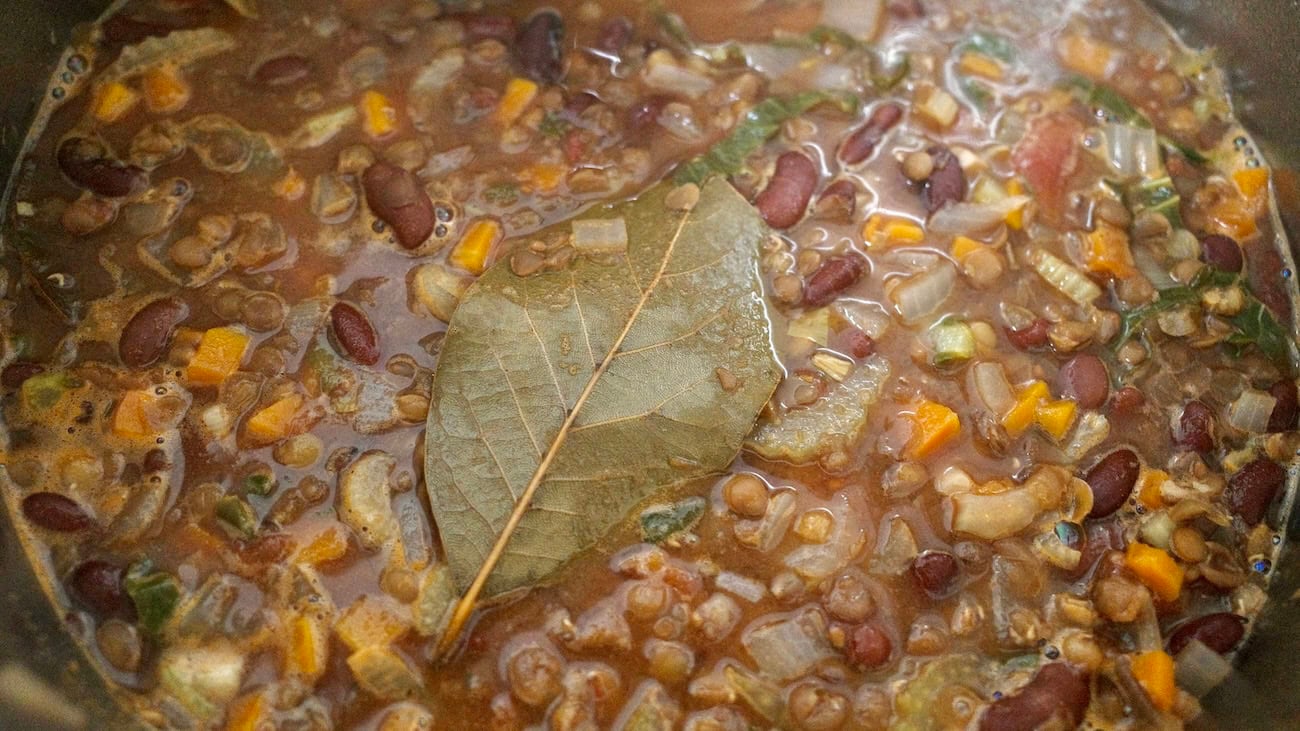How to Use Bay Leaf
The Quiet Hero
Herbaceous | Floral | Earthy | Bitter

Subtle but essential, bay leaf lends a delicate backbone to soups, stews, and braises. It never feels to need to take center stage, but its absence is always felt. Infuse it as long as possible to unlock every dimension to its hidden depth.
FORMS
- Dried: Dried, whole bay leaves are the most common and preferred form. Drying softens their sharp bitterness while concentrating their warm, resinous oils into a gentler, well-rounded complexity. They infuse slowly and evenly, making them ideal for long simmers. When a dish calls for bay leaf and it's not there, you can always tell something's off.
- Ground: Ground bay leaf is less common in home kitchens, but it is sometimes sold for the purpose of making fine spice blends and seasoning mixes.
- Fresh: Bay leaves can be used fresh, although they're often harder to find and have a stronger, sometimes medicinal flavor. Use them in moderation and cook them longer to mellow out their sharpness.
STORAGE
- Dried: This is the best option for long-term use. The flavor is the most stable and the easiest to cook with. Storing whole, dried bay leaves in an airtight container away from light, moisture, and heat will help them maintain their peak flavor for about a year. However, despite losing luster, they will remain usable for up to 2 years.
- Ground: When stored in the same conditions, ground bay leaf will keep for 6-12 months.
- Fresh: If you'll use them again in 2-3 days, keep fresh leaves on the stem in a vase of water just like fresh herbs. You can also refrigerate them in a sealed bag for up to a week. If you have excess supply, though, freezing them will maintain flavor for months.
PREPARATION TECHNIQUES
- Bruising: You can lightly bruise a dried bay leaf before cooking to release its essential oils faster.
- Tearing: Tearing can accomplish the same thing, although it can make removal harder once the infusion is complete. Bay leaves can be dangerous as they stay sharp and rigid even after long cooking. Torn leaves, being smaller and sharper, are more hazardous and harder to spot, so be extra mindful about finding and pulling out every last piece.
- Bouquet Garni: Bay leaves are a classic element in a bouquet garni, which is essentially a bundle of herbs used in the same way as bay leaf itself. Which herbs you use is entirely up to you, but a traditional bouquet garni consists of bay leaf, thyme, and parsley. Simply wrap them up with kitchen twine or cheesecloth and toss the whole bouquet into a pot.
COOKING TECHNIQUES
- How Much to Use: Just one or two leaves are enough for most family-sized meals. Too many will make the dish too bitter.
- Steeping / Infusing: Add whole leaves at the start of cooking to any liquid-based dish: braises, curries, sauces, soups, stews, stocks, and broths. While the spice is famous for this, the same tactic works well in rice and bean dishes. Just remember to remove them before serving, including fishing them out yourself if guests are self-serving from the pot. Tough and fibrous, they not only destroy mouthfeel but can also make you choke if you swallow one unexpectedly.
- Grilling / Roasting: Tucking a whole bay leaf into foil around fish or meat gently toasts the leaf. This technique imparts a delicate note that enhances the natural flavors of the other ingredients.


